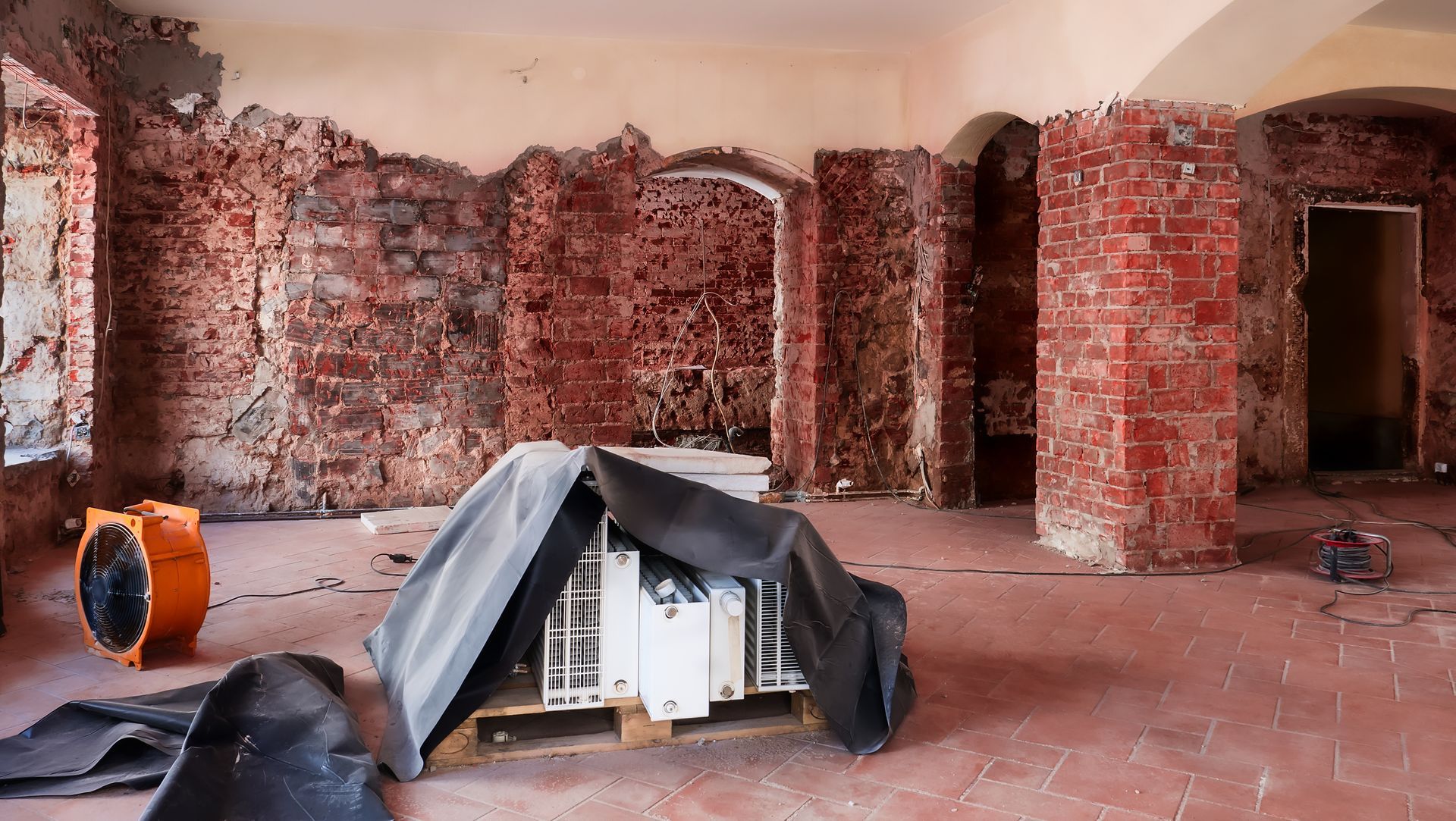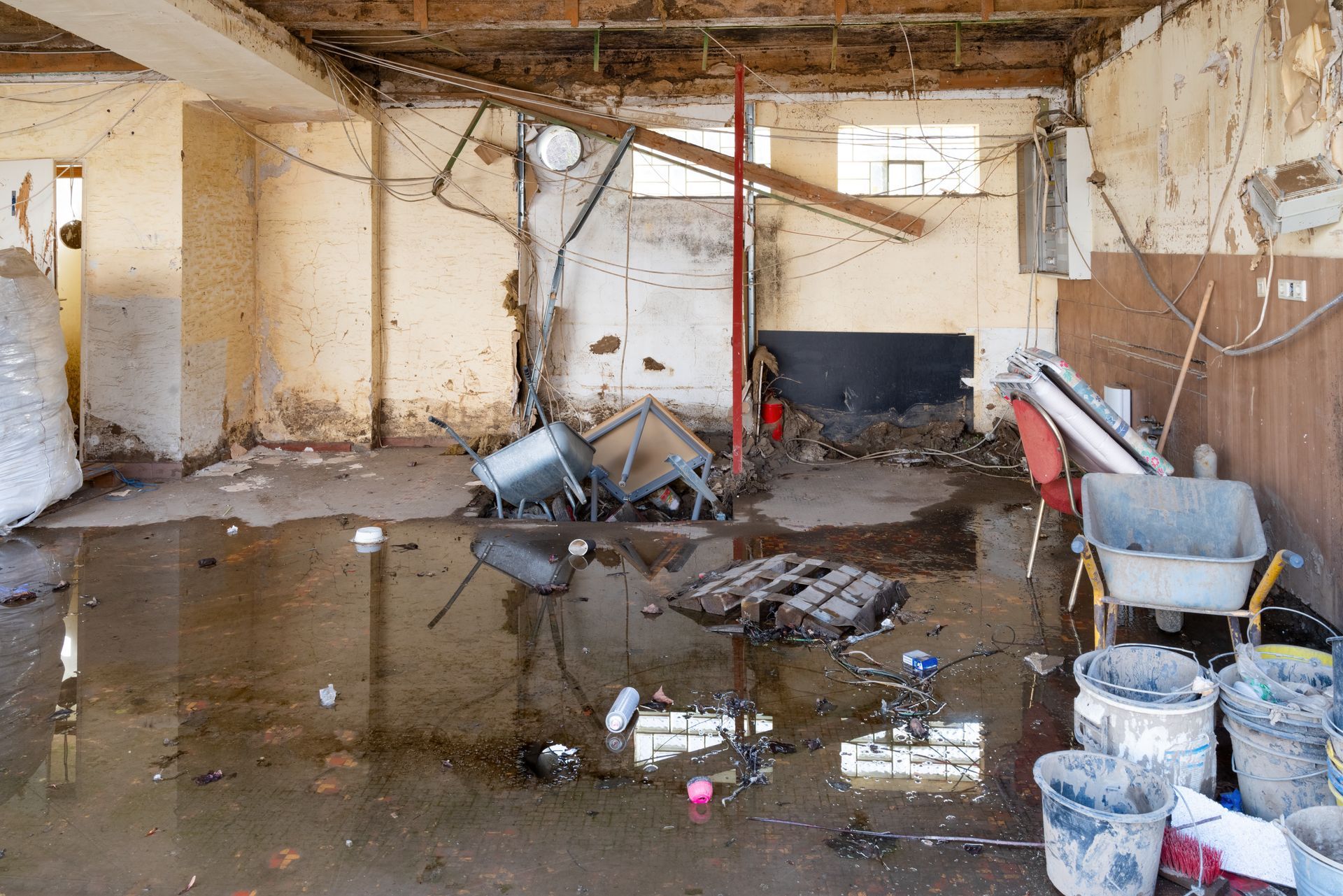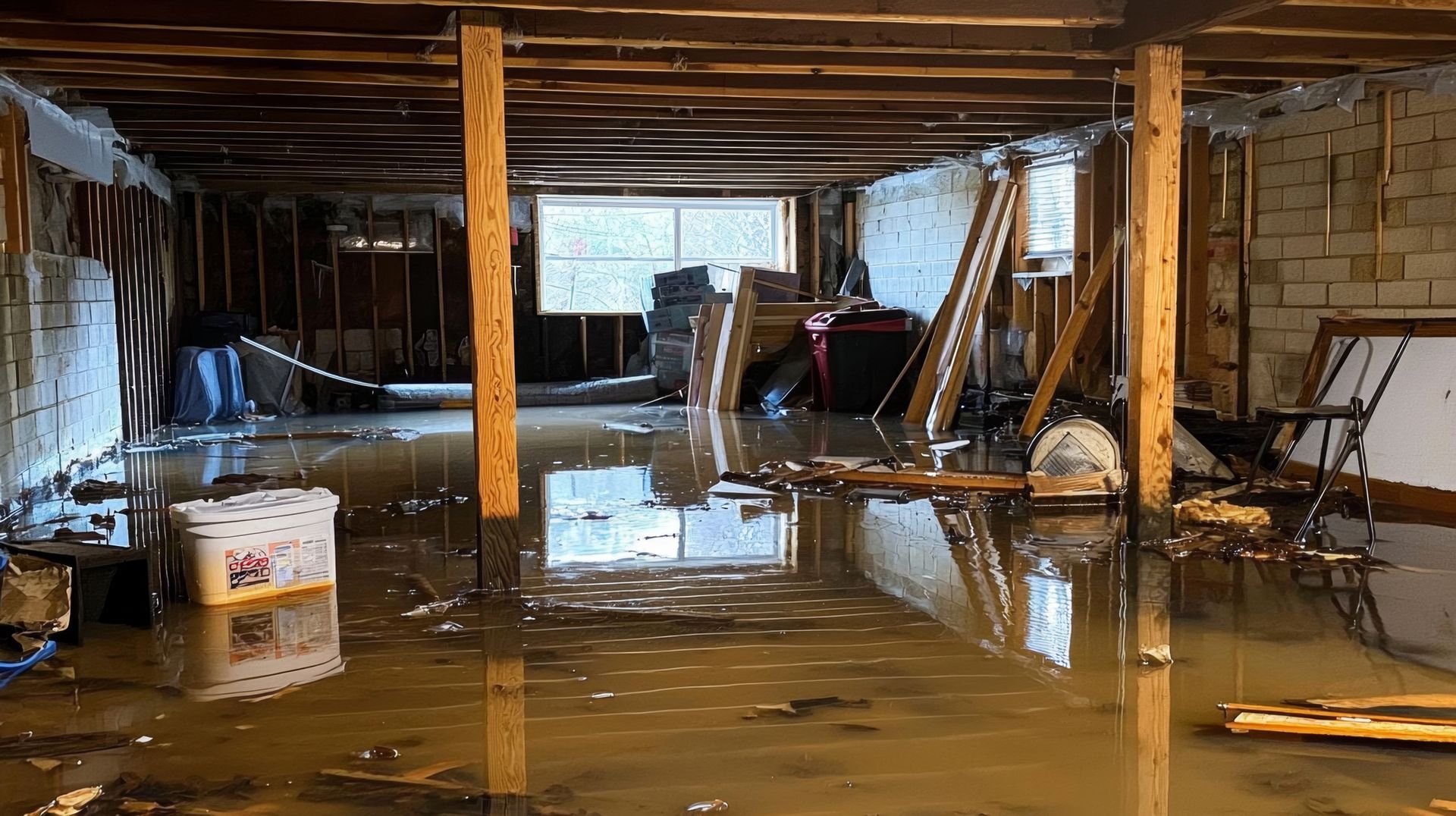Space Heater Safety
John Davis • December 17, 2018
Space heaters keep us warm and cozy in the winter. But it’s important that they’re kept away from curtains, blankets, and carpeting to avoid potential fires.
- Keep Flammable Items Away- Clothes, sheets, blankets or other flammable objects should not be near your space heater as they can easily catch fire. All furniture and beds should be at least 3 feet away from the heater.
- Going to Bed? Turn it off!- Even if you leave the room for a few minutes, it’s important to turn off your heater as it could start a fire that quickly gets out of control. Space heaters should never be left unattended!
- Adult Supervision Required-Children may not know to stay away from a space heater. They could easily tip it over or put something flammable near it. Be sure not to leave it unattended.
- Automatic Shut-Off-This is a great safety feature! This shuts off your space heater automatically if it gets tipped over.
- Flat, Solid Surface- Don’t place your space heater on a table, dresser or other unreliable or flammable surface.
- Plug Directly Into an Outlet- Never use an extension cord with your space heater. They aren’t designed to handle large energy loads.
If you experience smoke damage or a fire loss this winter season, give us a call at 1-800-349-4357.






